Topmelt (verkhovka, verkhovka, oatmeal, small fish, Leucaspius delineatus) is a small fish that a large river predator bites on, and therefore it is often used as live bait. She herself also often appears on the table as a hearty snack or main course. Wildlife lovers will be delighted by the silvery flock of top-floats in the aquarium.
- The difference between topmelt and bleak – habitat, habits of oatmeal
- The difference between verkhovka and bleak is clearly visible with a photo and a description of the structural features
- Fish color
- Dimensions (edit)
- Life span
- What is the difference between bleak and high melting and what is common – theses
- Food
- Lifestyle
- Small fish have few enemies …
- Puberty and reproduction of fish
- Incubation
- Development
- Economic value
- Verkhovka content in aquariums
- How and what to catch Verkhovka: real fishing with video
- How to cook cutlets from Verkhovka: a recipe
- Поделиться ссылкой:
The difference between topmelt and bleak – habitat, habits of oatmeal
Top-melting, verkhovka, top-water are the names of the same fish, but bleak is a completely different species, although it belongs to the common carp family, and this is the most numerous group of freshwater fish.
It is interesting! There are 1500 known species of this family and in our time they continue to discover new specimens.
The largest representative of the species is a mirror carp, its length can reach 2 meters, and a carp once caught surprised anglers weighing 20 kg.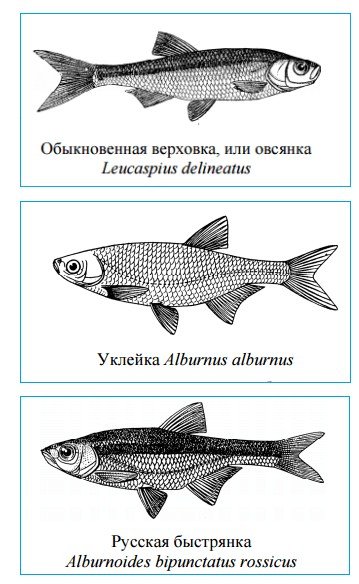
Topis a small freshwater fish that lives in ponds and river estuaries in Eastern Europe and Transcaucasia. In a small area of Asia. It got its name because it floats in the upper layers of water. Close to the surface. Unlike its congeners, it rarely sinks to depth, even in winter. This is used by fans of ice fishing. When the expanses of water are covered with ice, the small fish lacks oxygen, and therefore, when the fisherman drills the hole, but wider, the top, floating in schools, accumulate in the places where fresh air is supplied, closer to the hole. A skilled fisherman begins to feed, and then at least catch them with your hands! Usually, for these cases, a fine mesh or a net is used. The bite does not demonstrate such behavior, although it also prefers to stay in shallow water, it rises to the very surface only in cases when it searches for food,at other times it prefers to stay in creeks and places with abundant aquatic vegetation. Spends winter in deep holes and rarely comes across as a catch. The fish got its name because of the scales that easily lag behind the skin. It is enough to run your finger along it, and it will turn out to be covered with silvery plates. Once upon a time, artificial mother-of-pearl was made from bleak scales.
The difference between verkhovka and bleak is clearly visible with a photo and a description of the structural features
Verkhovka and bleak differ also in appearance. On the presented photos 1 and 2, this is immediately noticeable.

Alburnus alburnus), on the contrary, is wider, flattened on both sides. The eyes are protruding, located below the forehead line, and the mouth is semi-upper, like sabrefish. The teeth are arranged in two rows. Scales in both types are large and peel off easily. Females differ little from males in color, but they have a bulge in front of the anal fin.
Fish color
Both fish have a silvery body color and colorless fins. The back of the bleak is dark. The lateral stripe is poorly expressed. The back of the verkhovka is green, and along the sides the body of the fish is crossed by a horizontally noticeable bluish strip.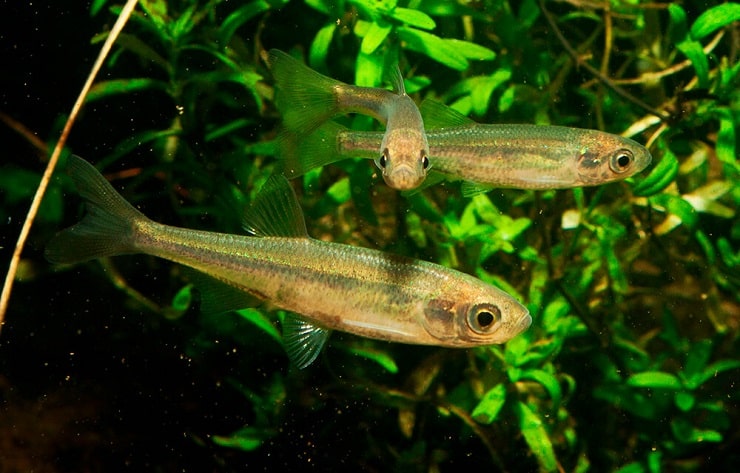
Dimensions (edit)
The upper is a small fish. Reaches a maximum weight of 10 grams, and a length of 10 cm is already considered large, generally reaches 7 cm. In Lake Shartash, located near Yekaterinburg, this species reaches a mass of only 3 grams. Bleak is already a larger fish – 20 cm, and the weight reaches 60 grams.
Life span
The age of fish rarely reaches 5 years of age, usually they are caught by predators much earlier.
What is the difference between bleak and high melting and what is common – theses
People often confuse these two fish. There is a certain similarity, because they belong to the same family, but, nevertheless, these are two different fish:
- The difference in the structure of the body – the bleak is wide, the location of the eyes is different, and the shape of the fins.
- Dimensions and weight – the verkhovka is a smaller variety.
- Natural color – the coloring of the bunting is more interesting, thanks to the noticeable horizontal blue stripe shimmering in the sun.
- They have the same type of food : small aquatic fauna and flora. Both fish catch insects.
- The habitat is a freshwater body of water, but the top water is kept closer to the surface.
- Another common feature is intensive breeding .
Food
As you can see in the photo above, the fish is small and sticks closer to its relatives. They also prefer to eat in a flock. This detachment of the carp family has an enviable appetite. Flies and other insects flying over the reservoir can be called a favorite delicacy. The fish keeps near the surface and it will not be difficult for it to quickly grab an insect that has fallen into the water.
Interesting fact! In his diet he does not disdain caviar and fry of other fish: crucians, minnows and his own.
The main food is considered:
- crustaceans;
- plankton and zooplankton;
- rotifers;
- larvae and adults of insects
- algae if nothing else is found.
They spend most of their lives in search of food.
Lifestyle
Leads a gregarious lifestyle. It keeps closer to the water surface, and gets food there. They love the warm season and calm waters. The fish is very shy. In case of danger, it can jump out of the water. Shows activity at any time of the day. With the onset of cold weather, it keeps close to the coast, looks for calm areas not covered with ice and stays there until spring. During severe frosts, it is buried in the ground.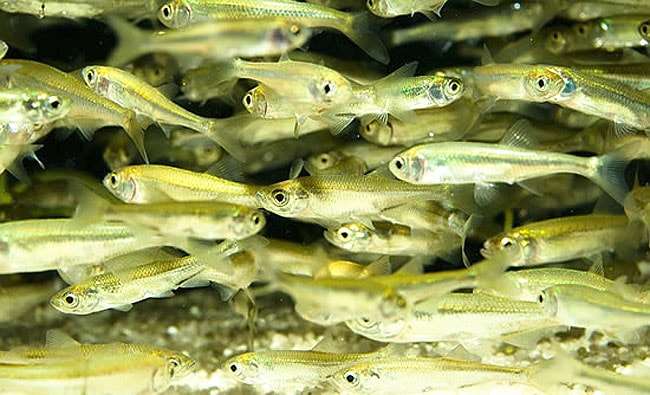
Small fish have few enemies …
Small fish have many enemies. These are numerous predatory fish for which oatmeal is a great treat, but also humans and coastal birds feeding on fish. For birds, perching birds are the main food, it is they who flock to the surface, and it is easy to find them in calm water. By the appropriate fuss. Birds fly over the water, seeing a familiar movement, and dive down – luck in hunting often accompanies them. River predators, asp and pike, regularly attack the silver flock. The Verkhovka themselves eat their offspring: caviar and fry. A person also takes part in this feast, but he catches top-melts not so much for food as as live bait. Except for pike and asp, carp, ide and chub bite very well on it.
Puberty and reproduction of fish
In the second year of life, having reached a length of 3 cm, the individual is capable of producing offspring. Spawning of the portion type occurs in two stages and only in warm water, when the temperature reaches 15 degrees. Spawning occurs from May to June. The fish is highly fertile. In one stage, the female lays up to 5000 eggs. Once in the water, the eggs attach to stones, algae, or settle on the ground. For spawning, this species does not look for a special place, so sticky eggs can be seen on a wide variety of surfaces, even on the clutch of other fish.
Incubation
The fry hatch after a week and immediately start looking for food and shelter from predators.
Development
Immediately after birth, young representatives of this species of cyprinids are no more than 5 mm long. The fry are similar in body shape to the parent individual and in the same way keep in flocks, but do not swim far from the accumulation of plants. The first month they stay in shallow water, where the water is warmer. A month later, the grown young growth goes deep into the reservoir. The fish grows slowly. It annually adds about 2 cm in length. In the first year, the weight is 0.2 grams, in the second – from 4 to 5 grams. The life cycle in the natural environment does not exceed 4 years.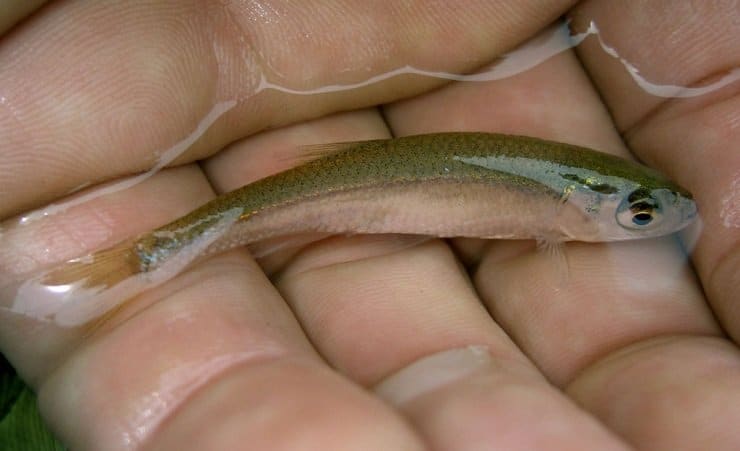
Economic value
Verkhovka is one of the smallest fish living in fresh waters, therefore it is not of interest for industrial fishing. Refers to weedy varieties. Mostly it is used as a profit for catching large inhabitants of the reservoir. Amateur anglers do not consider it a serious prey, but having found a good place for their accumulation, they will not miss the opportunity to catch small fish for dinner with a net.
It is important to note that it is not recommended to feed domestic cats in raw form as food, there are more parasites in river fish than in sea fish, this species is known as a carrier of feline fluke, a parasite that affects the liver.
Verkhovka content in aquariums
Topmelt is a beautiful fish, somewhat reminiscent of a guppy, only larger and suitable for keeping in an aquarium. To have such pets, it is enough to catch them in the nearest reservoir and transfer at least 70 liters of fresh water to a previously prepared tank. In nature, individuals lead a gregarious lifestyle, therefore, several individuals are needed for maintenance and should not be populated together with predatory representatives. It is important to keep the aquarium clean and change the water regularly and control the temperature, these fish live only in clean and warm water. In summer, water heating is 25 degrees Celsius, and in winter not lower than 14, this is the only way to create comfortable conditions. In captivity, fish live on average 4 years, suitable for breeding in aquarium conditions. Do not forget that they eat their offspring and clutch,therefore, the pregnant female is placed in another aquarium with a volume of 20-40 liters, densely filled with algae. https://youtu.be/9Tqp_76Muok
How and what to catch Verkhovka: real fishing with video
The time for fishing is mainly the warm season, then the schools of fish are clearly visible on the surface. For fishing, nets with small meshes, nets, homemade spiders are used. In open water, it is enough to feed and you can collect the catch with nets and catch with a float rod. Used as bait: crackers. Dry food for aquarium inhabitants. When fishing in winter, the main difficulty is to determine the habitat of the flock. Navigate to areas not covered with ice or where there is little current. There they gather for plankton feeding. In winter, bait is indispensable. You don’t need to feed a lot. If the flock is close, it comes up immediately. For tackle, a light fishing rod with a sensitive nod and a thin, small hook is chosen. The nozzle is the smallest bloodworm. Fishing with a float rod: https://youtu.be/Ooa6RHFar8Y
Verkhovka is a popular live bait for large freshwater inhabitants: perch, pike, chub. The fish is small and dies quickly on the hook, so the angler needs special game skills to attract prey.
How to cook cutlets from Verkhovka: a recipe
It is best to cook cutlets from small fish. It is enough to clear it of scales and select the internal organs. Topmelt scales come off easily with thorough washing. The bones of the ridge are soft, after grinding in a meat grinder, they are not felt in the finished dish. For cooking you will need:
- fish – 1 kg;
- onion – 1 pc. large;
- bread or crackers;
- flour;
- vegetable oil for frying
- egg – 1 pc
- spices to taste.
Soak bread or crackers in water, peel and finely chop the onion. Grind squeezed bread products with onions and fish in a meat grinder. Better to grind twice. Stir in egg and spices. Form balls from minced meat. Flatten slightly to shape and fry in a well-heated skillet with butter until golden brown over medium heat. Frying time at least 10 minutes. Topmelting is of great importance for the ecosystem of fresh water bodies. It is food for many species of predatory fish, and anglers use it as live bait.

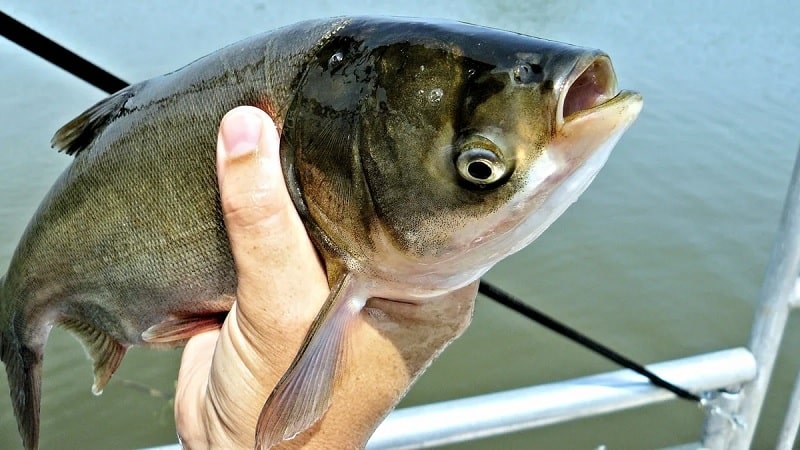
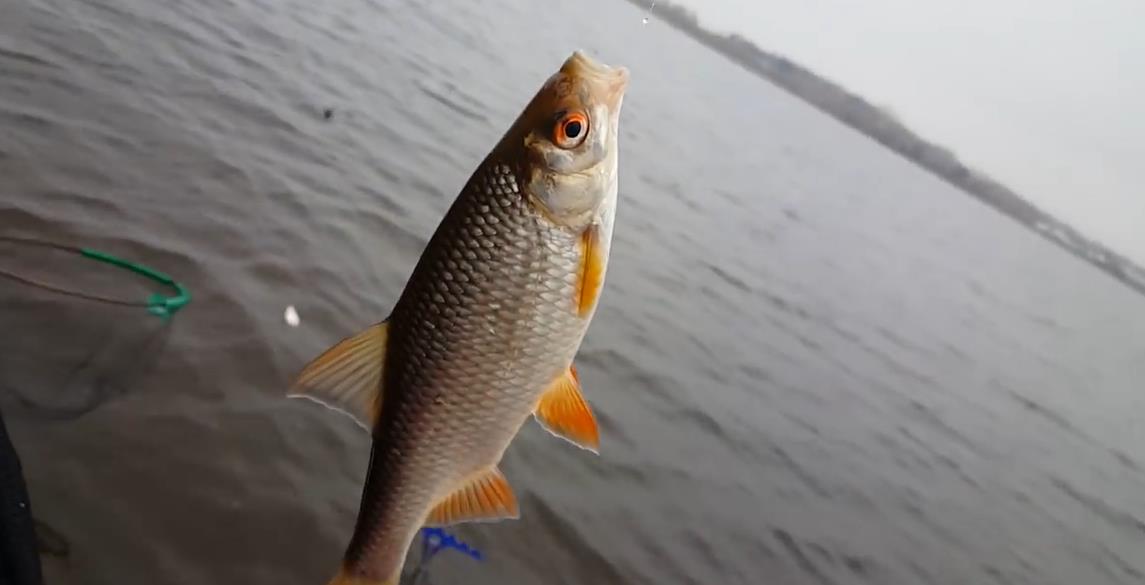
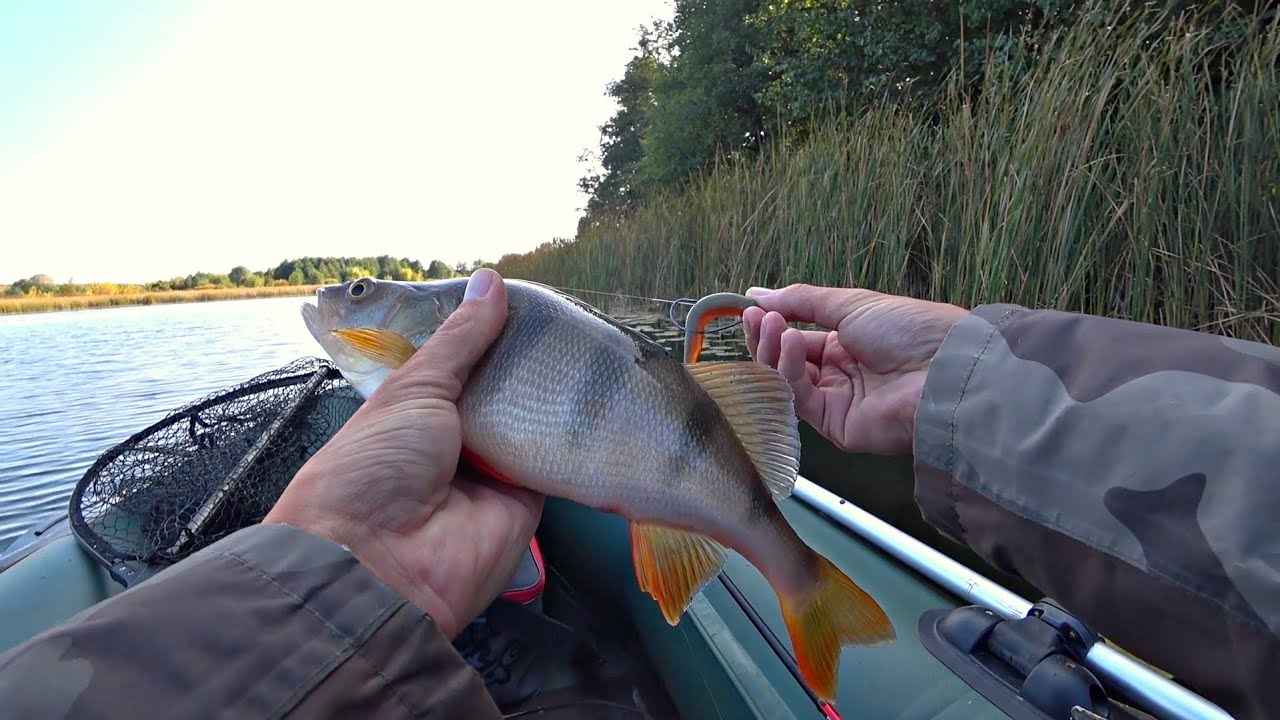
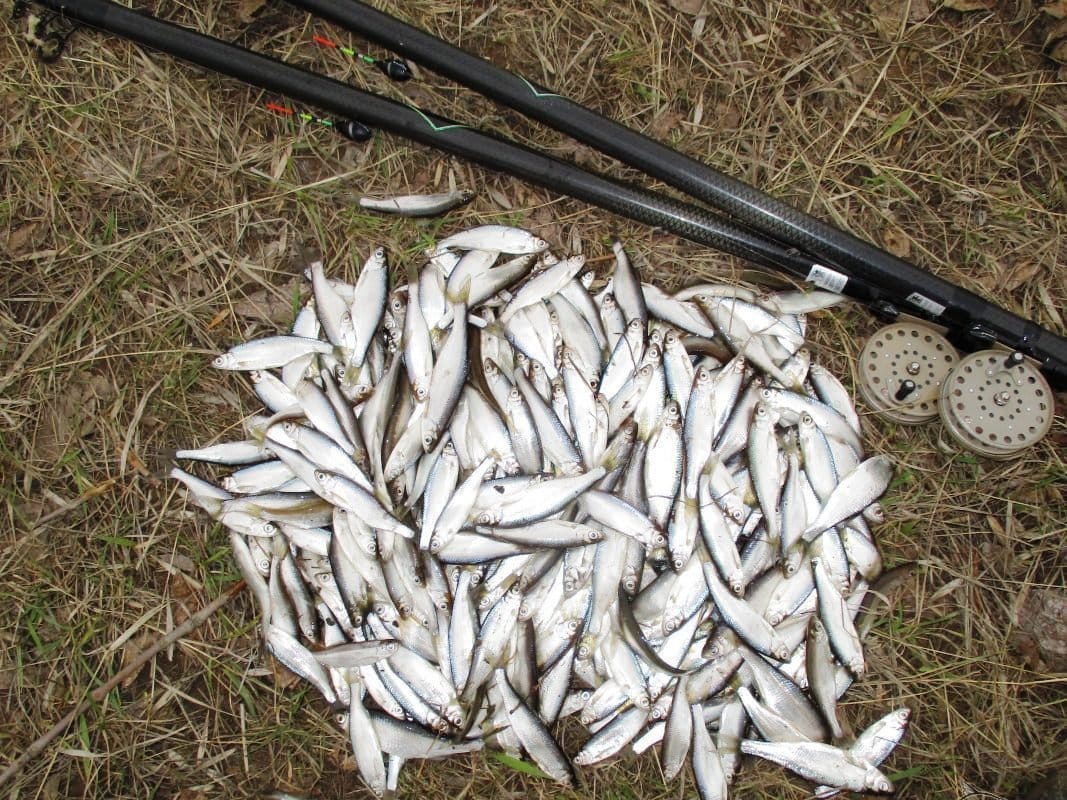
иапткп